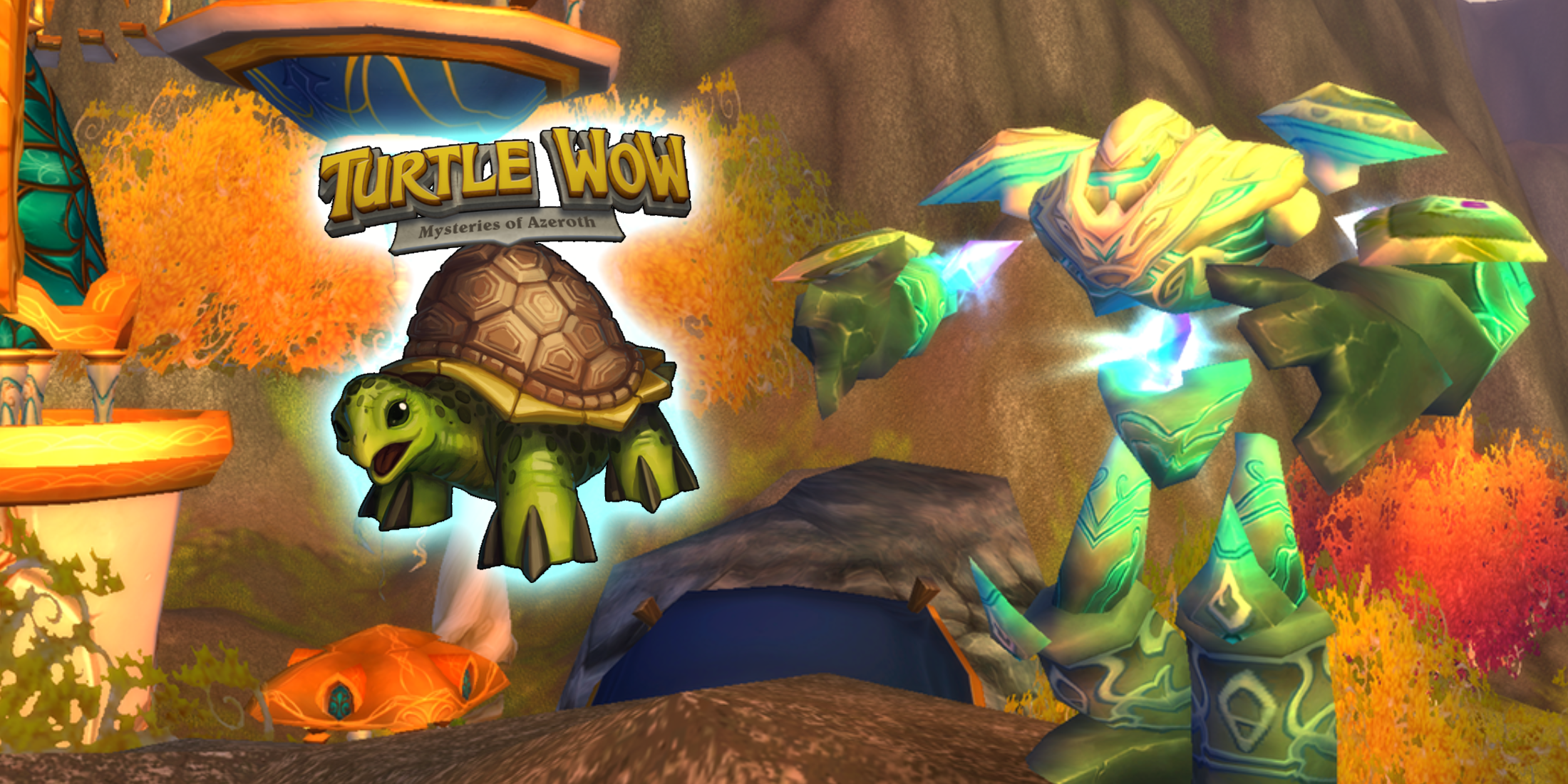"Identifying Ghosts in Demonology: Types and Evidence"
How to Identify Ghosts in Demonology
Ghosts in Demonology can be incredibly elusive, often leaving minimal evidence of their presence. If you're tasked with unraveling these spectral mysteries, our comprehensive guide is here to help you master the art of ghost identification in the game.
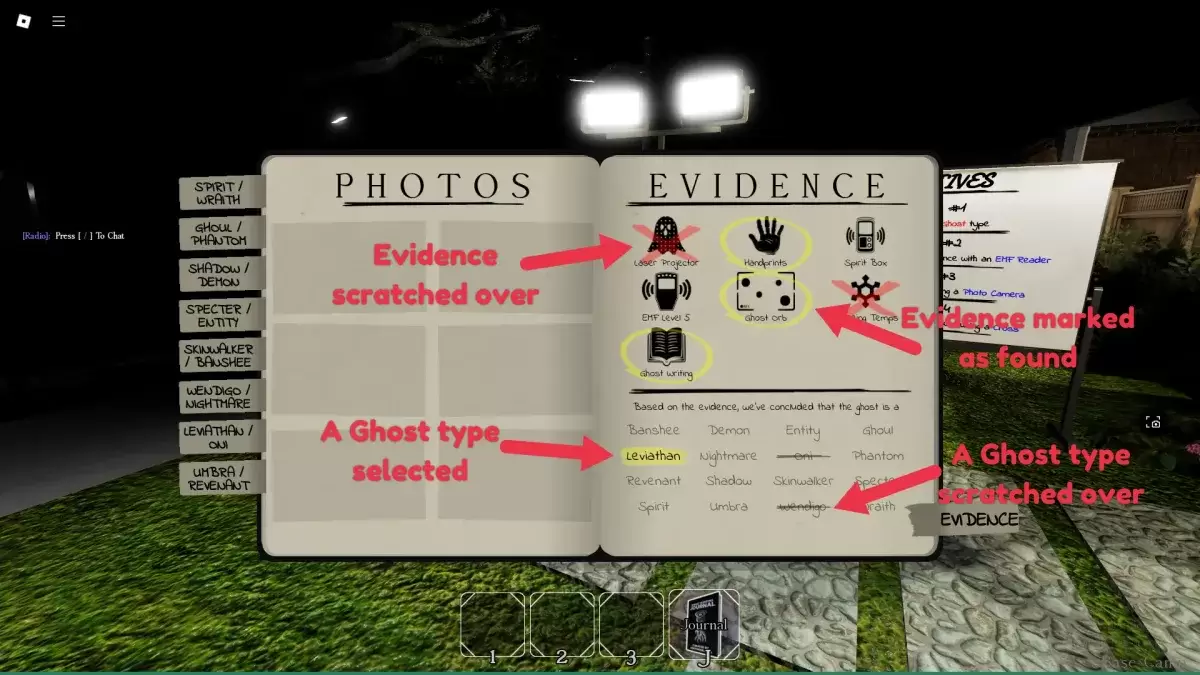 The cornerstone of identifying Ghosts in Demonology is the **evidence page** in your **journal**. This invaluable tool allows you to meticulously **track your findings** as you hunt for the Ghost. By selecting an evidence type on this page, you can systematically narrow down the possibilities until you pinpoint the exact Ghost type. If you mistakenly mark an evidence type, simply click again to deselect it, ensuring your records stay accurate.
The cornerstone of identifying Ghosts in Demonology is the **evidence page** in your **journal**. This invaluable tool allows you to meticulously **track your findings** as you hunt for the Ghost. By selecting an evidence type on this page, you can systematically narrow down the possibilities until you pinpoint the exact Ghost type. If you mistakenly mark an evidence type, simply click again to deselect it, ensuring your records stay accurate.
Here's a detailed breakdown of all Ghost types in Demonology, including the evidence they leave behind, along with their unique strengths and weaknesses:
| Ghost Type | Evidence | Strengths and Weaknesses | Notes |
|---|---|---|---|
| **Spirit** |    | • None | • Generally harmless |
| **Wraith** |    | + Wraiths deplete energy from hunters – They can’t cross lines of salt | • Aggressive |
| **Ghoul** |    | + Ghosts are easily provoked by sounds – They can’t disable electronic devices | • Mostly not aggressive |
| **Phantom** |    | + Phantoms are very fast – They don’t hunt hunters in groups | • Mostly timid |
| **Shadow** |    | + Shadows alter room temperature only slightly – They are less active under proper lighting | • Very docile |
| **Demon** |    | + Demons hunt frequently | • Extremely aggressive |
| **Specter** |    | + Spectres throw items more frequently – They rarely roam unless they are on the hunt | • They stick to one room |
| **Entity** |    | + Entities can teleport – They almost never throw items | • Hard to detect |
| **Skinwalker** |    | + Skinwalkers can appear to have a Ghost Orb + They interact with items frequently | • They roam a lot |
| **Banshee** |    | + Banshees break glass more frequently | • Mostly docile |
| **Wendigo** |    | + Wendigos are much more likely to hunt – They prefer to hunt groups | • Very aggressive |
| **Nightmare** |    | + Nightmares cause hallucinations – Weak to light | • Mostly harmless |
| **Leviathan** |    | + Leviathans can throw multiple items at once + They disable lights around them | • Very unpredictable |
| **Oni** |    | + Onis can sprint while hunting – They manifest more often | • Aggressive |
| **Umbra** |    | + Umbras don’t make any sound while moving – They are slowed while in well-lit rooms | • Weak to light |
| **Revenant** |    | + Revenants have very low hunt cooldown – They rest after killing a hunter | • Extremely aggressive |
Upon successfully **acquiring** a piece of **evidence**, diligently record it in your **Journal**. Similarly, ensure to strike off any evidence that the Ghost does not interact with. This methodical approach will enable you to quickly eliminate irrelevant Ghost types, guiding you on which equipment to deploy next.
How to Collect Each Evidence in Demonology
Each Ghost type in Demonology leaves behind **three distinct traces**. By **examining** these **traces** with the **appropriate equipment**, you can gather crucial evidence to identify the Ghost. Here's how to collect each of the seven types of evidence:
- **Laser Projector**: Deploy a Laser Projector on the ground. Ghosts will manifest as a faint silhouette when passing through the laser beam.
- **Handprints**: Utilize a Blacklight to spot fingerprints, handprints, or footprints that the Ghost might leave behind.
- **Spirit Box**: Engage with the Spirit Box to communicate with nearby Ghosts. Be persistent; they may not respond immediately, so try different dialogue options.
- **EMF Level 5**: Employ an EMF Reader to detect Ghost activity. While all Ghost types can affect the reader, only certain ones will trigger all the lamps to light up, indicating a Level 5 reading.
- **Ghost Orb**: Use a Video Camera to capture Ghosts appearing as small white orbs.
- **Freezing Temps**: Monitor the temperature with a thermometer. A significant drop or below-zero reading suggests the presence of a Ghost.
- **Ghost Writing**: Place a Spirit Book in a room suspected to be haunted. Wait patiently; the Ghost might pick it up and scribble something eerie inside.
Armed with this knowledge, you're now well-equipped to identify Ghosts in Demonology with confidence. For more insights and tips on Roblox games, explore the **Roblox guides hub** at Escapist.
-
Pokémon Legends: Z-A, the next installment in Game Freak's spin-off series set in X and Y's Lumiose City, has recently surfaced with details - including an unexpected E10+ ESRB rating. This classification has sparked both serious discussions and humoAuthor : Aurora Dec 17,2025
-
Draconia Saga Global is a new Android game that plunges you into thrilling dragon hunts. This creature-collecting adventure lets you charge into battle against winged beasts with powerful magic, instantly bringing the How to Train Your Dragon seriesAuthor : Benjamin Dec 17,2025
-
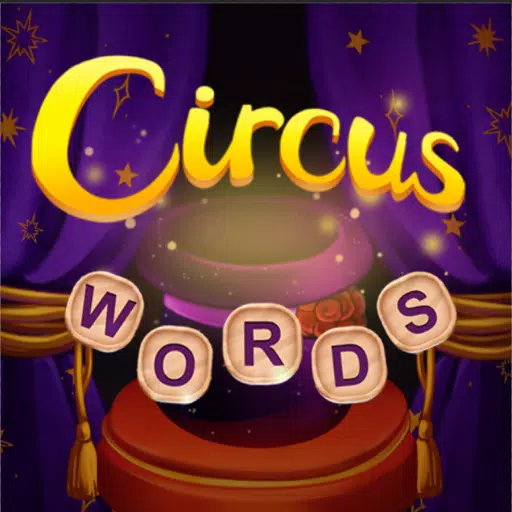 Circus Words: Magic PuzzleDownload
Circus Words: Magic PuzzleDownload -
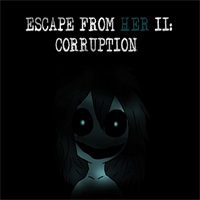 Escape from Her II: CorruptionDownload
Escape from Her II: CorruptionDownload -
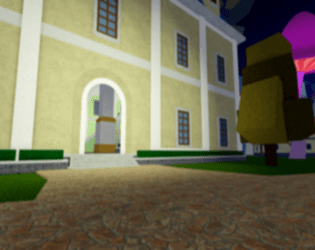 Blox Fruits Dating SimulatorDownload
Blox Fruits Dating SimulatorDownload -
 Words Words Words - Make MoneyDownload
Words Words Words - Make MoneyDownload -
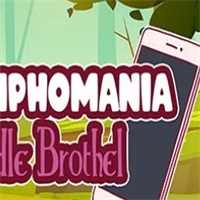 Nymphomania: Idle BrothelDownload
Nymphomania: Idle BrothelDownload -
 Slots - Lotto JackpotDownload
Slots - Lotto JackpotDownload -
 SWe1: The Waio’s HeatDownload
SWe1: The Waio’s HeatDownload -
 Beach Buggy Racing 2Download
Beach Buggy Racing 2Download -
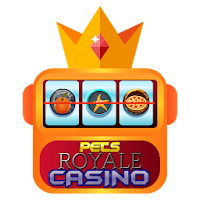 Slots Casino : Pets AdventureDownload
Slots Casino : Pets AdventureDownload -
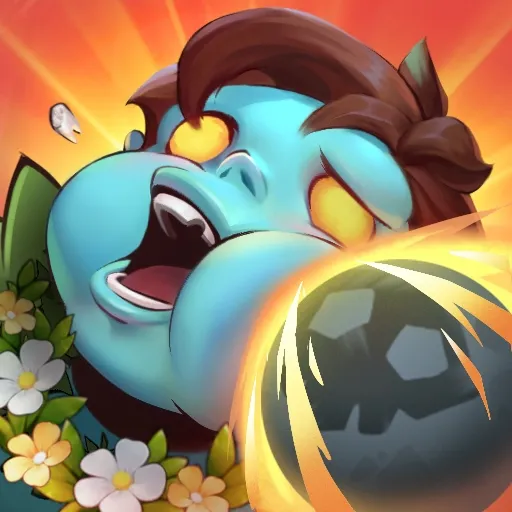 Zombies BoomDownload
Zombies BoomDownload
- Mastering Two-Handed Weapons in Elden Ring: A Guide
- Roblox Simulator Codes: Unlock Exclusive Rewards!
- Wuthering Waves: Uncover the Secrets of Whisperwind Haven's Palette
- Top 25 Palworld Mods to Enhance Your Game
- Ultimate Guide to Shinigami Progression in Hollow Era
- Karl Urban Debuts as Johnny Cage in Mortal Kombat 2




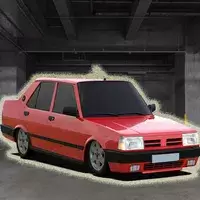
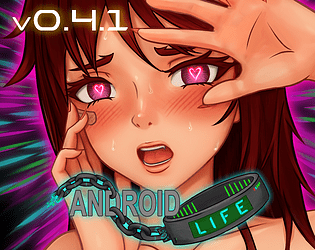




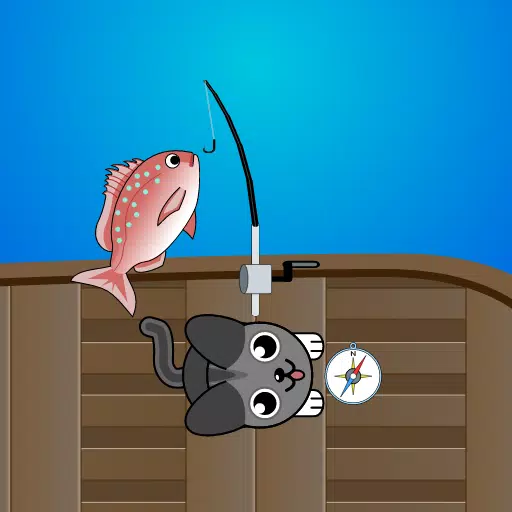
![Back to the Roots [0.8-public]](https://images.ydxad.com/uploads/44/1719584089667ec55970d05.png)
